You are here
These daily descriptions are intended to provide a description of a typical six-day Middle Fork rafting trip. Trip length, campsite selection, and group itineraries will vary.
For more general information about the Middle Fork check out this Adventure Overview of the river.
Day 4 - Canyon Description
Typically, the fourth day on a six-day Middle Fork trip will take boaters through a variety of increasingly dramatic landscapes. As the landscape transitions from the sloping hillsides of the middle canyon the river flows through the dramatic Tappan Canyon and into steeper and lower canyons of the Middle Fork.
The first several miles below Shelf (mile 48.9) past the mouth of Big Loon Creek (mile 50) to Hospital Bar (mile 52.9) have a similar feel to the open canyons of day three. If boaters have the time to pull-in and hike up Big Loon Creek canyon they will be rewarded with a great hot springs soak (1.5 miles) and a beautiful granite gorge choked with Class IV and V whitewater (2.5 miles). Several red granite towers on the right bank below Loon mark a unique feature in the riverbed called Underwater Canyon (mile 51.1).
A small Class II rapid leads into and over this narrow underwater channel. At flows above 3 feet the bedrock ledges on either side of the river are still underwater, but rafters will be able to look down into the 20-foot channel carved through bedrock. A small band of cliffs on the left bank contain some Native American pictographs. The short hike to the pictographs also offers a beautiful view looking down onto the narrow bedrock channel of Underwater Canyon. At low water, strong swimmers can explore this unique feature with a mask.
A few miles downstream at Hospital Bar many boaters will stop at the natural hot spring that pours over a bedrock ledge into a riverside pool. The pool is cooled by river water above 3 feet, but it is still worth sitting in the notch beneath the source for a HOT soaking shower. It is also common to see Rocky Mountain Big Horn sheep lurking nearby in search of minerals from the spring.
As the river continues to drop, the dense evergreen forests are confined to elevations several hundred to a thousand feet above the river. On a few north-facing slopes the firs and pines may creep down to the river, but in general they have been replaced by the red-barked ponderosa pine at the river's edge and Mountain Mahogany trees higher up the canyon walls. This dense hardwood (not a true mahogany, but actually a member of the rose family) is much more sparsely distributed across the dry desert landscape. Riverbank willows, shrubs, and the ubiquitous grass and sage fill in the rest of the open space.
Below Hospital Bar, the canyon takes on a steeper and more confined feel. Broken cliff bands dot the steep walls and feed a combination of talus and scree mixed in among the sparse vegetation. The three long, swooping turns of the Grouse Necks begin at the narrow constriction of Cub Creek (mile 54) and continue all the way to Upper Grouse Creek Camp (mile 57). This stretch of river is pretty, but it can be a little disorienting as each turn looks much like the last.
Tappan Canyon
A significant geologic change occurs at the mouth of Grouse Creek and continues through Tappan Canyon. A small window of ancient and resistant metamorphic rock crops out along the right wall of the canyon. Attentive floaters will notice some interesting folds in the wall just above the Grouse Creek Camps. The less geologically aware can’t help but notice the series of rapids formed downstream where the river pours over ledges and boulders of this resistant rock.
Over time, the Middle Fork appears to have eroded down and along the contact between the Tappan Canyon metamorphics that slope toward the river from the right canyon wall and the more easily eroded pink granite of the Casto pluton. In addition, a large alluvial fan emanating from the mouth of Grouse Creek (river right) also pushes the river into the granites along the left bank. The result is an impressive rampart of pink granite towers on the left bank at the mouth of Grouse Creek that mark the entrance to Tappan Canyon.
Further downstream, the river splits around Tappan Island and weaves along the contact, exposing the grey-green metamorphic rock on the right bank and more crumbly pink granite cliffs on the left. Several significant rapids clog this stretch of stunningly pretty canyon.
The river leaves the metamorphic rock after Tappan IV Rapid and makes a sweeping 180-degree turn at the mouth of Camas Creek (another great side hike possibility). For the next 6 miles to the Flying B Ranch (mile 68) the landscape is very similar to the stretch upstream of Tappan Canyon. The banks are lined with beautiful 200- to 300-year-old ponderosa pine trees that throw large patches of needles in the campsites. The narrow constriction at Aparajo Rapid (mile 63.1) stands out as one of the more scenic spots.
The Flying B Ranch offers a small store with a selection of gifts, ice cream, beer, and other boating essentials. The irrigated lawn and shade trees can offer a respite from the heat in mid August. Fires in 2000 roared down Brush Creek onto the ranch. While most of the buildings were spared, the firestorm eradicated nearly every living thing for miles on both sides of the canyon. While the grass and sage have fully recovered, the wide and open feeling of the canyon combined with the charred forests a thousand feet overhead can make this stretch feel a little desolate and oppressive during a slow, hot August afternoon.
Entering the Lower Middle Fork Canyons
A dramatic change is coming just downstream. As the canyon pinches below the Flying B Ranch, where the two large side canyons of Pole Creek (right) and Bernard Creek (left) come to the river at a single point. Detritus at the mouth of these canyons forms two back-to-back rapids that have been augmented by several debris flows in the last fifteen years.
Haystack and Bernard Creek Rapids mark the beginning of the lower Middle Fork canyons that continue unabated for the next 30 miles. Though the vegetation regime does not change dramatically, the river enters another section of resistant and broken metamorphic rock. Steep walls peppered with cliff banks begin to close in, and the impressive Johnson Point looms in the straightaway below Bernard Creek. The river makes a long, action packed turn around Johnson Point through the narrow confines of Jack Creek Canyon before slipping around the corner to the idyllic sand bar at Driftwood Camp.
Day 4 - Whitewater Description
The two big stretches of whitewater on day four are the rapids in Tappan Canyon, and the general uptick in action that accompanies the rush into the lower canyons. Underwater Canyon (mile 51.1) is an easy but unique read-and-run rapid. There is a small ledge hole that forms in low water at Hospital Bar (mile 52.8) that is a notorious inflatable kayak tipper and offers some fun hardshell playboating.
Cub Creek (mile 54) deserves mentioning for the extreme water anomaly that it is. At flows above 7 feet, a huge wave train develops in this constriction rapid. At any other flows, it barely warrants a mention.
The action picks up with Grouse Creek Rapid (mile 57), a wide, chaotic wave train at high flows and a boulder dodge at low water. The Tappan Series begins with the read-and-run Class III of Tappan I (it is mostly impossible to scout anyway). Tappan Falls (scout from the right bank) evolves throughout the summer from a washed out wave train to a crashing wave hole to a steep and technical drop at low water.
Downstream the old Tappan II or Fish and Game Rock is now under the water that is backed up behind the debris fan at the mouth of Cove Creek. This fire-related debris flow roared into the river in 2008, altering the old Tappan III Rapid and creating a new, fast moving run down the left bank (called Cove Creek by some or Tappan III by others). This is deserving of a scout from the right bank. Tappan IV, a read-and-run Class II/III closes out the series at the end of the canyon.
Between the Tappan series and the Flying B Ranch are a handful of named and unnamed rapids that present no significant navigational challenges. Aparajo Rapid is the most notable at mile 63.1.
The action picks up again at Haystack and Bernard Creek rapids (mile 67.8). These long boulder gardens range from a chaos of huge holes and breaking waves at high water to some tricky moves among huge granite boulders as low water. Scouting can be accomplished from either the right or left banks.
The action picks up in the lower canyon with the narrower channel and more resistant geology. Small rapids are just a bit bigger and more fun than their mid-canyon counterparts. Below Haystack/Bernard, the significant challenge is Earthquake Rock and Jack Creek Canyon (mile 70.5 – 71). At high water, it is a roller coaster ride though big waves. At lower flows Earthquake Rock splits the main flow and forces a decisive move to avoid a wrap or other wreck. A few fun read-and-run rapids punctuate the remaining miles to Driftwood Camp.
A brief list of some of the notable rapids on this run follows, but please consult a river map for specific locations and information.
- Underwater Canyon - Class II (mile 51.1)
- Hospital Bar Surf Hole - Class II (mile 52.8)
- Cub Creek - Class III/IV (extreme water only, mile 54)
- Grouse Creek Rapid - Class II/III (mile 57)
- Tappan I - Class III (mile 58.2)
- Tappan Falls - Class IV (mile 58.5)
- Cove Creek/Tappan 3 - Class III+ (59)
- Tappan 4 - Class II (mile 59.3)
- Aparajo Rapid - Class III (mile 63.1)
- Haystack/Bernard - Class III+ (mile 67.8)
- Earthquake Rock - Class III (70.5)
- Jack Creek Canyon - Class III (mile 71)
Previous Day – Middle Fork of the Salmon River Day – 3
Next Day – Middle Fork of the Salmon River – Day 5
Reference: All content excerpted from The Middle Fork of the Salmon River – A Comprehensive Guide by Idaho River Publications.
Logistics + Planning
Current Weather: Powered by Dark Sky







Preferable season(s)
Parking Pass
Pros
Cons
Put-in location (lat, long coordinates)
Take-out location (lat, long coordinates)
Recommended maximum flow
Recommended minimum flow
Features
Overall difficulty
Route Characteristics: Character
Suitable for
Nearby Adventures
Nearby Lodging + Camping
Our mission is to inspire adventure with beautiful, comprehensive and waterproof map-based guidebooks. Owner, publisher, and photographer Matt Leidecker, grew up exploring and guiding on the rivers in central Idaho. His award winning Middle Fork of the Salmon River – A Comprehensive Guide is the standard by which other river guidebooks are measured. Printed on virtually indestructible YUPO paper, IRP guides are truly unique all-in-one resources for adventure. Each book is loaded with full-color maps, stunning photographs, and information on the history, geology, and wildflowers. Visit Idaho River Publications to explore our guidebooks to the Rogue River in Oregon and the mountains of Central Idaho.















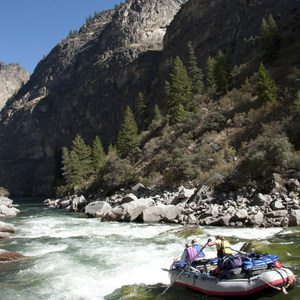
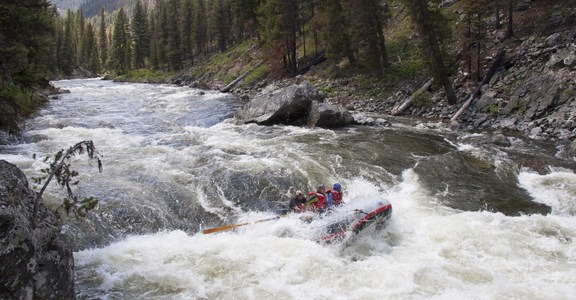
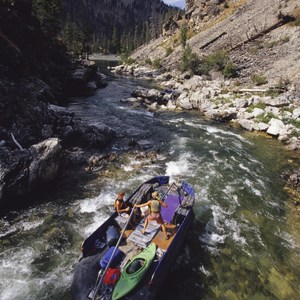
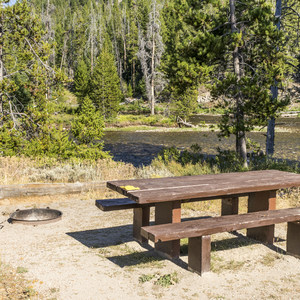
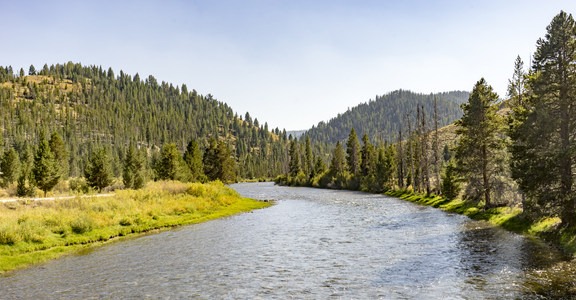
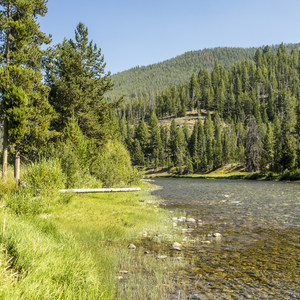

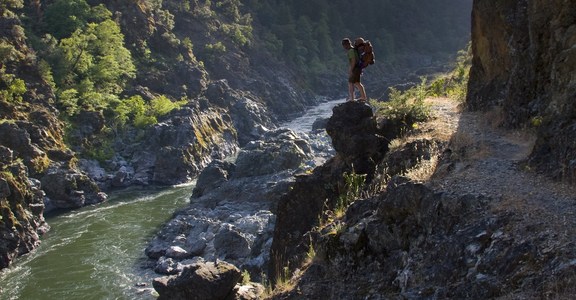
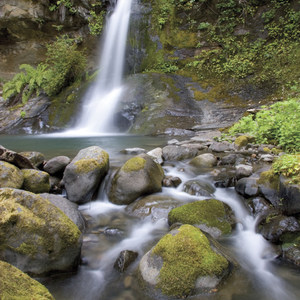
Comments
Sign In and share them.